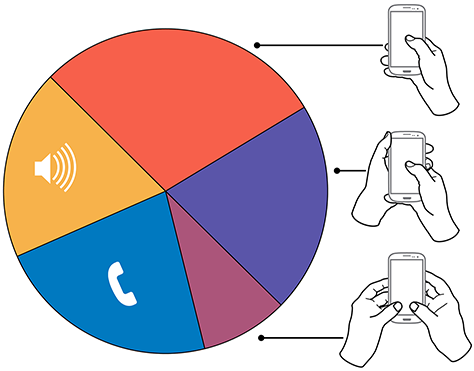‘My stuff’ vs. ‘your stuff’ in personalized content →
How should you describe the content in a personalized application? For example, do you label an e-mail settings page “my e-mail settings” or “your e-mail settings”? Dustin Curtis comes down in favor of the latter:
After thinking about this stuff for a very long time, I’ve settled pretty firmly in the camp of thinking that interfaces should mimic social creatures, that they should have personalities, and that I should be communicating with the interface rather than the interface being an extension of myself. Tools have almost always been physical objects that are manipulated tactually. Interfaces are much more abstract, and much more intelligent; they far more closely resemble social interactions than physical tools.
